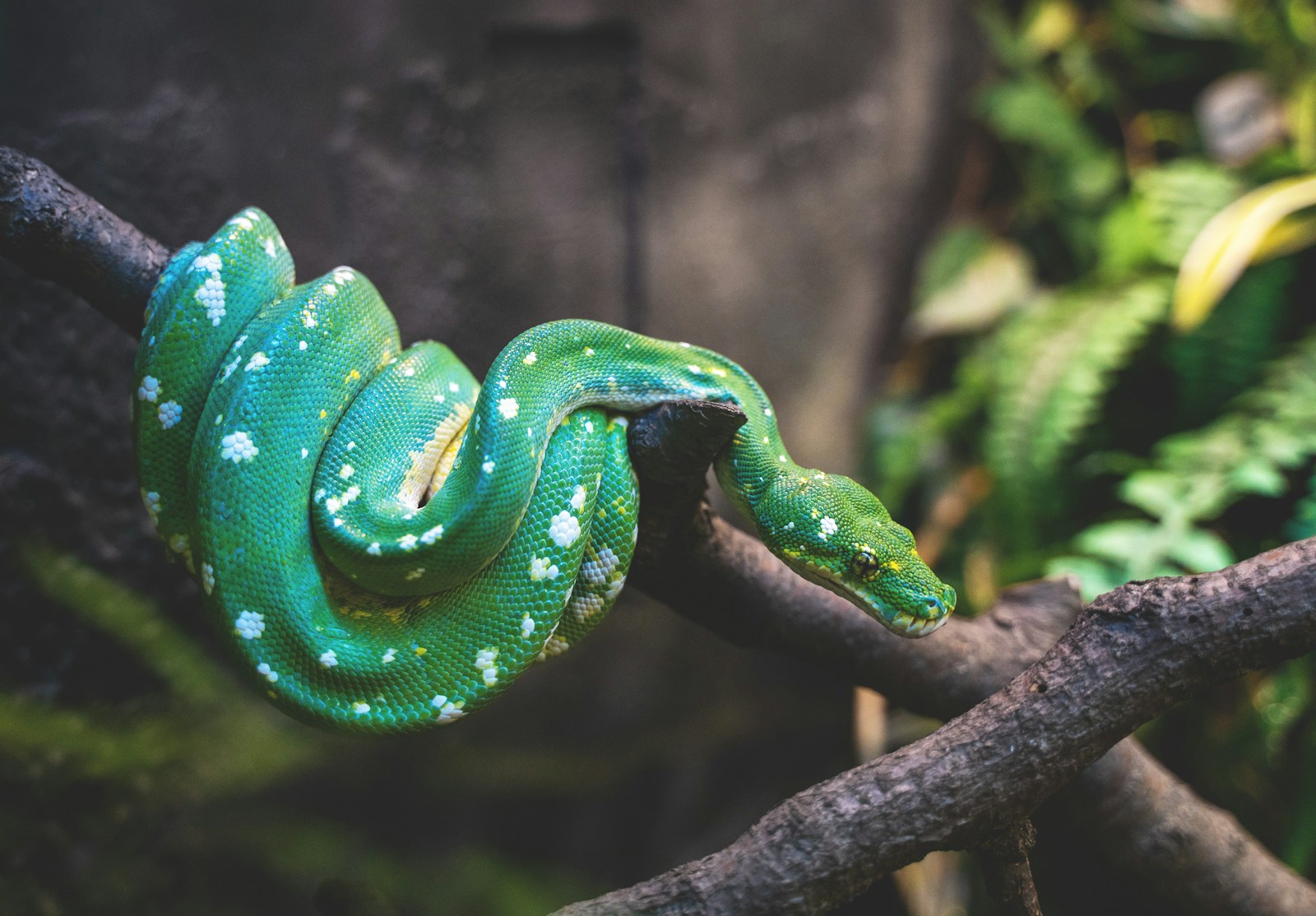In the shadowy corners of our planet lurks a creature whose name sends shivers down the spines of even the most seasoned herpetologists. The inland taipan (Oxyuranus microlepidotus), also known as the “fierce snake” or “small-scaled snake,” holds the unenviable title of being the world’s deadliest venomous snake. With venom potent enough to kill 100 human adults with a single bite, this elusive predator represents both nature’s deadly precision and the fascinating evolutionary arms race that has produced such lethal adaptations.
Despite its deadly reputation, few people ever encounter this remarkable reptile – yet understanding its nature, habitat, and behavior is crucial for those who might find themselves in its territory. Let’s explore why this snake is so deadly and why, despite our best efforts, it remains a persistent danger in certain parts of the world.
The Lethal Champion: Introducing the Inland Taipan
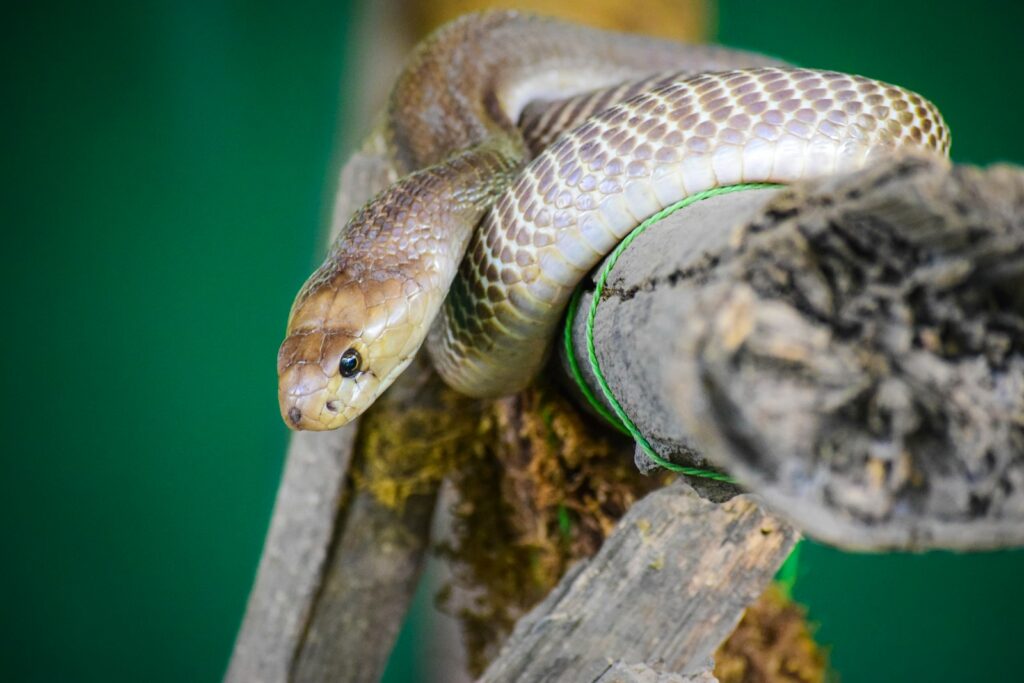
The inland taipan is native to the semi-arid regions of central east Australia, primarily inhabiting the black soil plains in Queensland and South Australia. Despite its deadly reputation, this snake exhibits a relatively modest appearance, growing to an average length of 5.9 feet (1.8 meters) with a brownish coloration that varies seasonally – darker in winter to absorb more heat and lighter in summer to reflect it.
What makes this snake particularly remarkable isn’t its size or appearance but rather the extraordinarily potent neurotoxic venom it possesses. When measured by the LD50 test (the standard for measuring toxicity), the inland taipan’s venom proves to be the most toxic of any land snake on Earth, estimated to be 200-400 times more potent than that of a common cobra. A single bite delivers enough venom to kill approximately 100 adult humans or 250,000 mice, making it, by objective scientific measures, the world’s deadliest snake species.
Understanding Snake Venom Toxicity
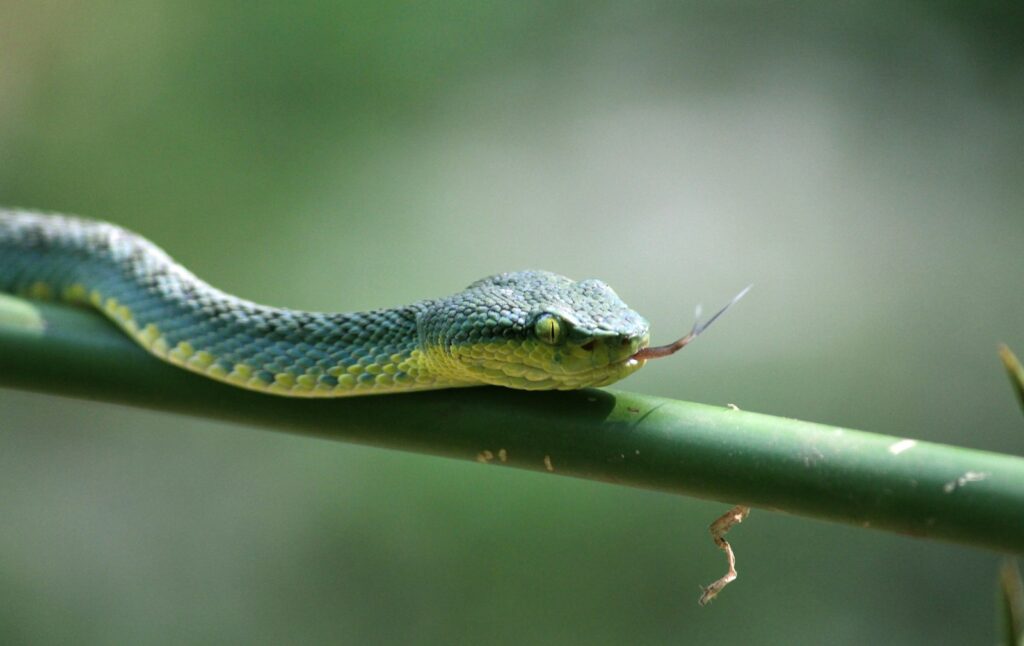
Snake venom toxicity is commonly measured using the LD50 value – a standard that indicates the dose required to kill 50% of a test population (typically mice) – with lower values indicating more potent venom. The inland taipan’s venom has an LD50 value of 0.01 mg/kg when injected intravenously, the lowest (and therefore most toxic) of any snake in the world. This venom is primarily composed of potent neurotoxins, which attack the nervous system, along with myotoxins that damage muscle tissue, and coagulants that disrupt blood clotting.
When these components work in concert, they create a cascade of devastating effects: paralysis, particularly of the respiratory muscles; internal bleeding; tissue necrosis; and eventually, without prompt medical intervention, respiratory failure and death. What makes this venom particularly effective is not just its potency but its rapid action – symptoms can appear within minutes of envenomation, and death can occur within 30-45 minutes in untreated cases, giving victims precious little time to seek medical help.
Habitat and Geographic Distribution
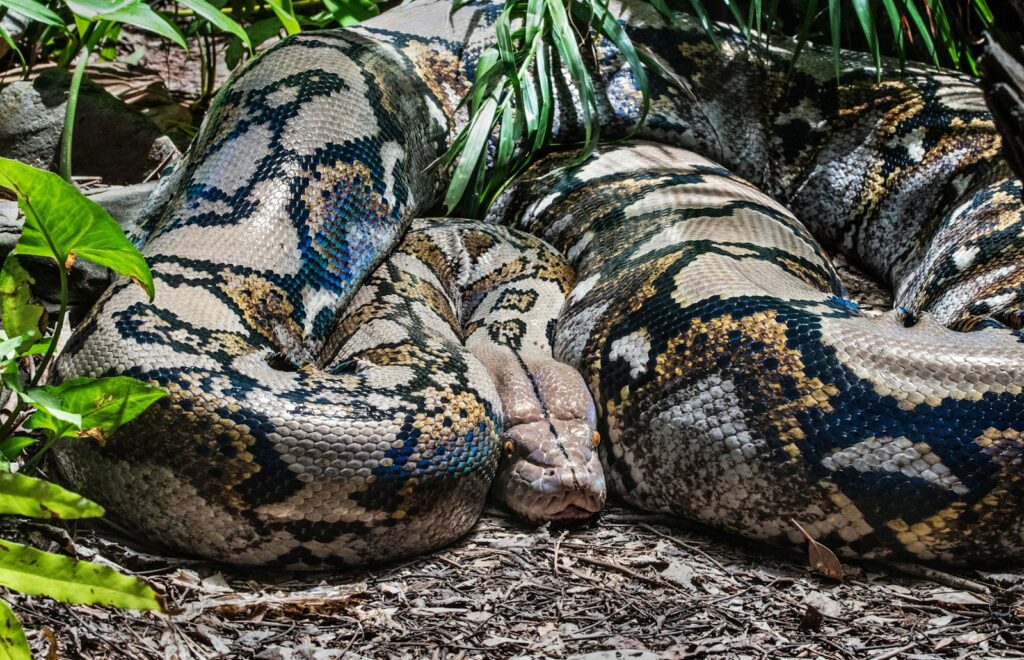
The inland taipan’s realm is primarily restricted to the arid and semi-arid regions of central eastern Australia, particularly within the floodplains of western Queensland, northeast South Australia, and parts of the Northern Territory. These snakes show a distinct preference for cracking clay soils and areas with an abundance of their primary prey – native rats, especially the long-haired rat (Rattus villosissimus), whose population booms and busts drive the taipan’s own ecological cycles.
Unlike many deadly snakes that have expanded their ranges into human-populated areas, the inland taipan remains largely confined to remote, sparsely populated regions that experience extreme temperature fluctuations, from scorching heat to freezing nights. This geographic isolation has historically limited human encounters with the species, but climate change and expanding human activities in these regions are beginning to alter these traditional boundaries. The snake’s specialized habitat requirements mean that while its range is restricted, within that range it has adapted perfectly to conditions most humans find inhospitable – creating dangerous overlaps when humans do venture into these territories.
Evolutionary Development of Extreme Toxicity
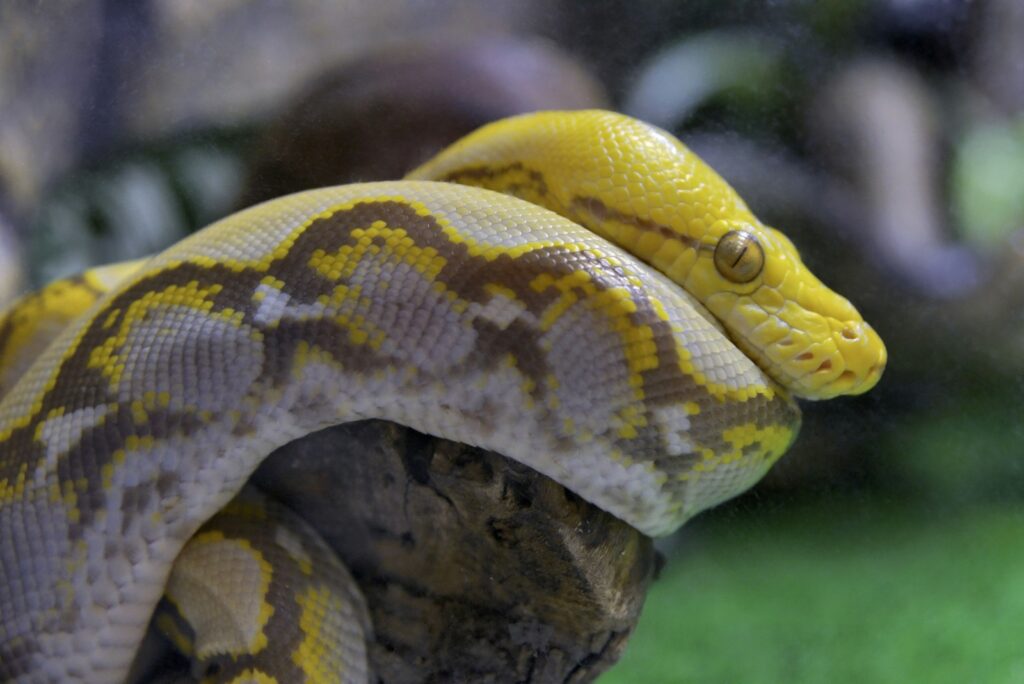
The inland taipan’s extraordinarily potent venom represents a remarkable example of evolutionary specialization, developing over millions of years in response to specific ecological pressures. Scientists believe that the extreme toxicity evolved primarily as an adaptation to ensure quick and efficient killing of prey – particularly mammals, which can pose a serious threat to the snake if they’re able to fight back or escape after being bitten. In the harsh, resource-scarce environment of central Australia, the ability to immobilize prey instantly provides a significant survival advantage, as it reduces the risk of losing precious meals in an ecosystem where food opportunities may be rare.
The inland taipan’s specialized venom delivery system includes relatively long 3.5-5.5mm fangs and large venom glands that can deliver substantial quantities of venom in a single strike. Interestingly, some research suggests that the taipan’s extreme venom potency may also have developed as a defense against other predators in its environment, particularly since the snake itself is not particularly aggressive toward humans and will generally avoid confrontation when possible.
Behavior and Hunting Patterns
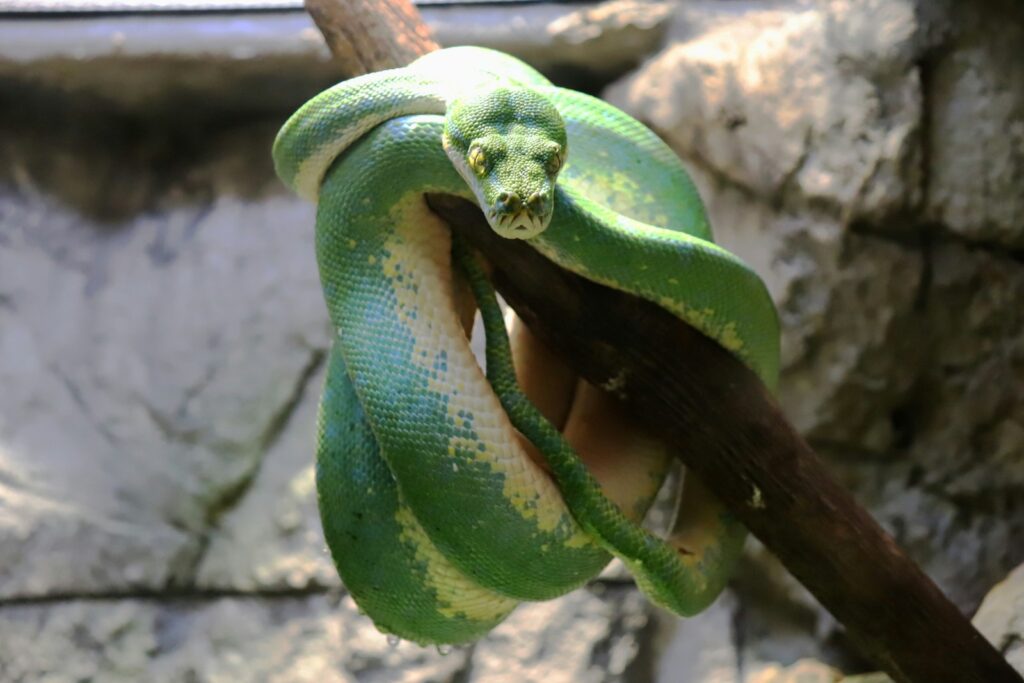
Despite its deadly reputation, the inland taipan exhibits surprisingly shy and reclusive behavior, preferring to avoid confrontation whenever possible. These snakes are primarily diurnal (active during daylight hours), though they may shift to crepuscular (dawn and dusk) activity during extremely hot weather to avoid the scorching midday temperatures of their arid habitat. When hunting, inland taipans employ an ambush strategy, often utilizing abandoned animal burrows, deep soil cracks, or rock crevices as hiding spots from which they strike prey with astonishing speed and precision.
Their hunting technique involves a “bite and release” approach – after delivering a venomous bite, they release the prey and follow it until the venom takes effect, at which point they can consume their meal without risk of injury. Perhaps most fascinating about their behavior is their seasonal color change adaptation – becoming darker in winter to absorb more heat and lighter in summer to reflect heat – demonstrating a sophisticated physiological response to environmental conditions that helps them maintain optimal body temperature in their harsh habitat.
The Mechanics of a Taipan Strike
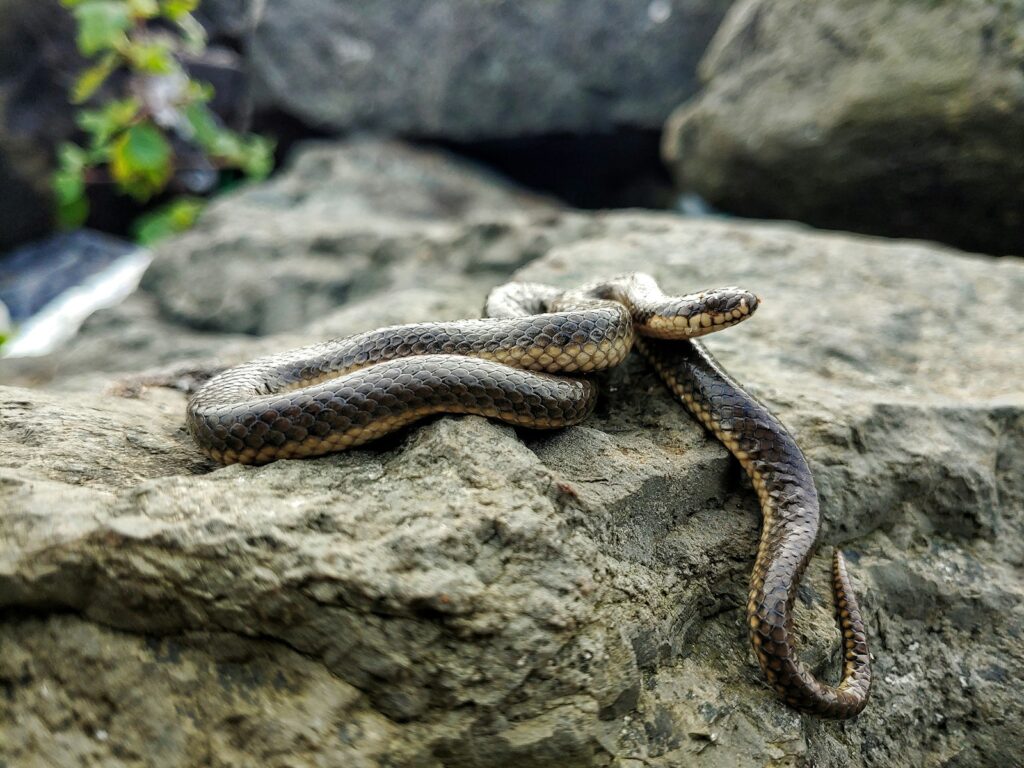
The inland taipan’s strike is a marvel of evolutionary engineering, combining speed, precision, and deadly efficiency. When striking, this snake can move at speeds nearly impossible for the human eye to track clearly – approximately 3.5 meters per second – making evasion extremely difficult even for the most alert potential victims. The strike itself is typically delivered with the snake raising the front third of its body off the ground in an S-shaped posture that allows it to lunge forward with maximum velocity and control.
Unlike some venomous snakes that may deliver “dry bites” (without venom) when threatened, the inland taipan almost always injects venom when it strikes, and its specialized fangs allow for deep tissue penetration, ensuring the venom reaches the bloodstream effectively. Most concerning from a human perspective is the snake’s tendency to deliver multiple strikes in rapid succession when threatened, potentially injecting significant quantities of venom through several puncture wounds, which dramatically increases the severity of envenomation and complicates medical treatment.
Why Encounters Are Rare Yet Dangerous
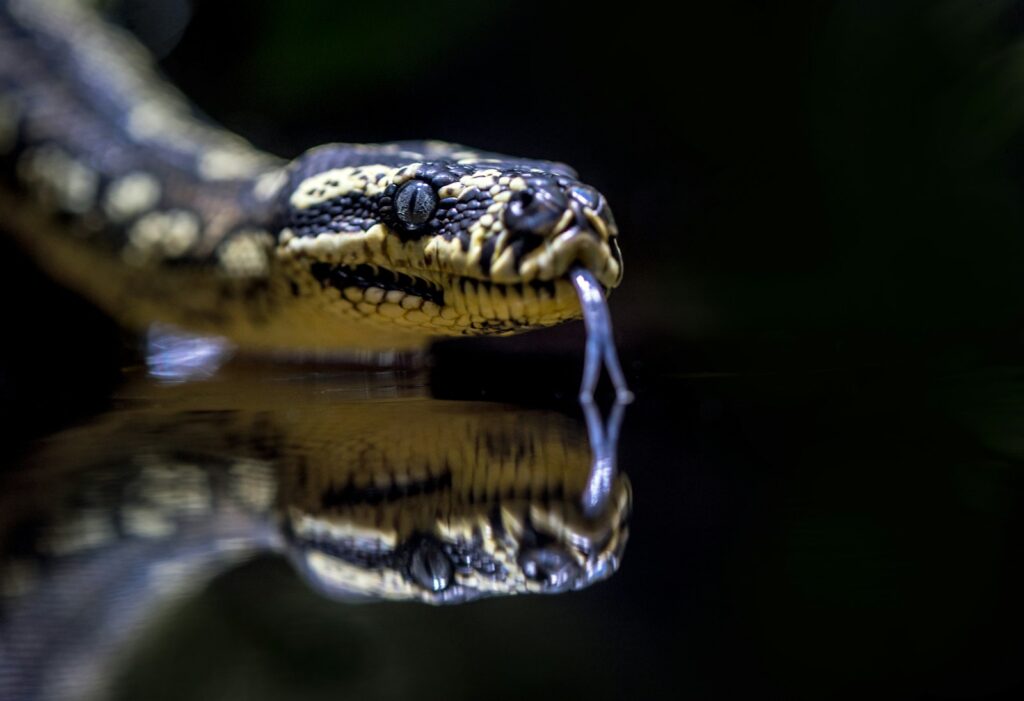
The paradox of the inland taipan is that despite being the world’s deadliest snake by venom toxicity, it has caused remarkably few human fatalities compared to other venomous species. This apparent contradiction is explained primarily by the snake’s remote habitat in the sparsely populated interior of Australia, areas where human population density remains extremely low. Additionally, the inland taipan’s shy, non-aggressive nature means it typically retreats from human presence rather than confronting it, further reducing potential encounters.
However, when encounters do occur, they present an extreme danger precisely because of their rarity – many people who venture into taipan territory may be unaware of the specific precautions needed or may not immediately recognize the species, delaying crucial treatment. The remote locations where these snakes live also mean that after a bite, victims may be hours away from medical facilities with appropriate antivenin, creating a situation where the snake’s lethal potential is amplified not just by its venom but by geographical isolation.
Medical Response and Antivenom Development

Australia’s world-leading antivenom research has produced effective treatments for inland taipan bites, though the medical response to envenomation remains a race against time. The Commonwealth Serum Laboratories (CSL) produces Taipan Antivenom specifically for taipan bites, while their Polyvalent Antivenom is effective against multiple Australian snake species including the inland taipan. Treatment typically requires significant quantities of antivenom – often 10 or more vials – administered intravenously as soon as possible after a bite, alongside intensive supportive care including respiratory support, as the venom can cause progressive paralysis including respiratory muscles.
The development of these antivenoms represents one of modern medicine’s unsung success stories, requiring a complex process of snake milking, antibody development in animals (typically horses), and careful purification to create a safe product. Despite these advances, medical professionals emphasize that antivenom is not a replacement for prevention – the most effective strategy remains avoiding encounters altogether through awareness, proper footwear and clothing, and caution when traveling in known taipan habitats.
Differentiating from Look-Alike Species
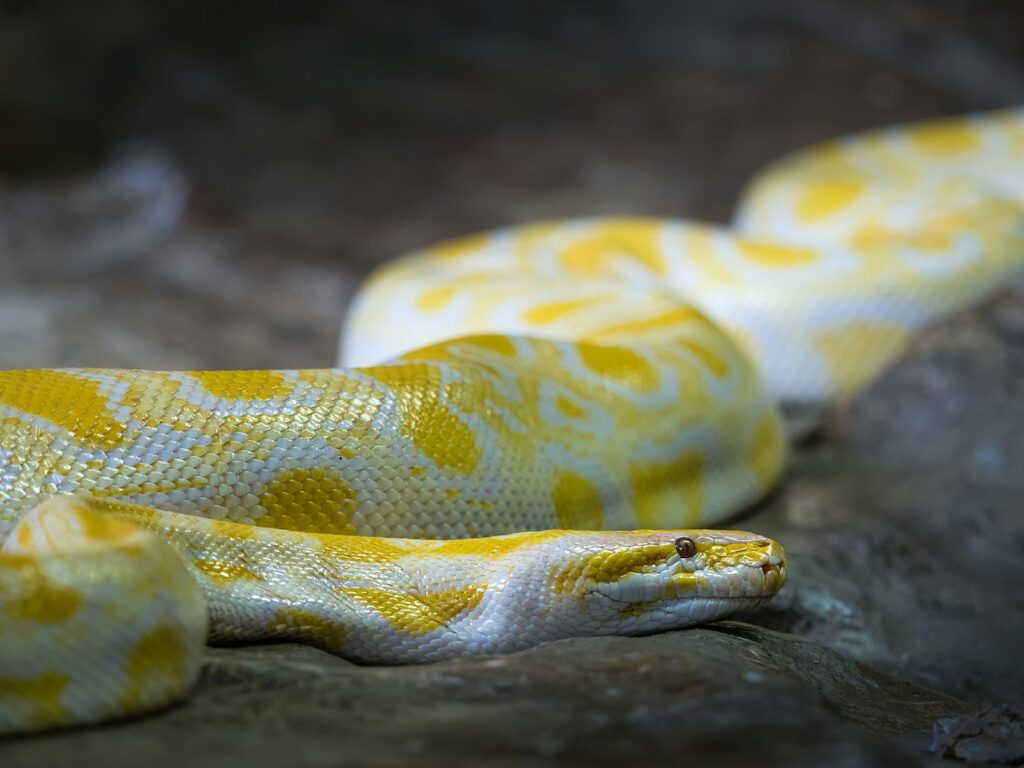
One of the most dangerous aspects of the inland taipan is the potential for misidentification, as several less venomous snakes share similar coloration and patterns, particularly in the arid regions of Australia. The eastern brown snake (Pseudonaja textilis), while also highly venomous, is often confused with the inland taipan but typically displays a more uniform coloration without the distinctive darker head of the inland taipan. Another similar species, the western brown snake (Pseudonaja nuchalis), shares habitat overlap with the inland taipan but generally has a more slender build and lacks the taipan’s distinctive seasonal color changes.
The mulga snake or king brown (Pseudechis australis) is also superficially similar but can be distinguished by its larger scales and different head shape. Proper identification is crucial because treatment protocols and antivenom requirements vary between species, and misidentification can lead to inappropriate medical response. For those venturing into inland taipan territory, experts recommend familiarizing themselves with identification features beforehand and, if bitten, safely capturing or photographing the snake if possible (without risking additional bites) to aid medical professionals in providing the correct treatment.
Climate Change and Shifting Ranges
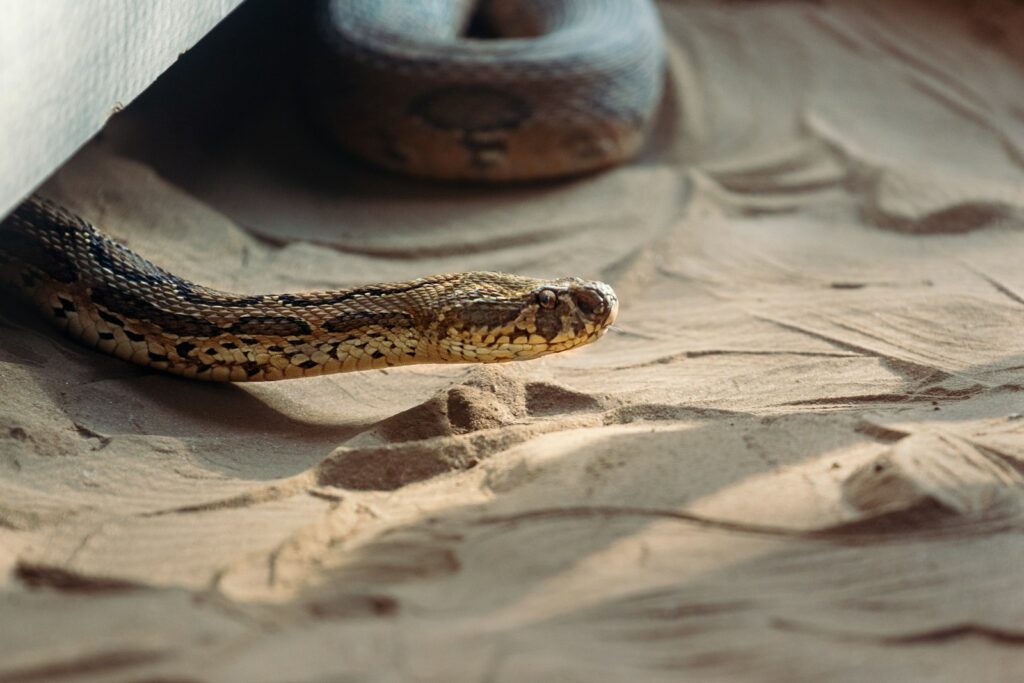
Emerging research suggests that climate change may be altering the traditional range and behavior of the inland taipan, potentially increasing the likelihood of human encounters in the coming decades. As arid conditions expand and intensify in parts of Australia, these snakes may be forced to migrate to new territories in search of suitable habitat and prey, potentially bringing them into closer contact with human settlements and activity zones. Rising temperatures are also altering the seasonal behavior patterns of these snakes, with some observations indicating longer active periods throughout the year and potential changes to breeding cycles.
Of particular concern to public health officials is how climate-driven ecological disruptions might affect the population cycles of the long-haired rat, the taipan’s primary prey – as these rodents experience population booms under certain climate conditions, they may draw increased numbers of taipans to areas where they were previously uncommon. These shifting ecological dynamics underscore the importance of ongoing monitoring and updated public safety information as traditional understanding of where and when these snakes might be encountered becomes increasingly unreliable in a changing climate.
Cultural Significance and Indigenous Knowledge
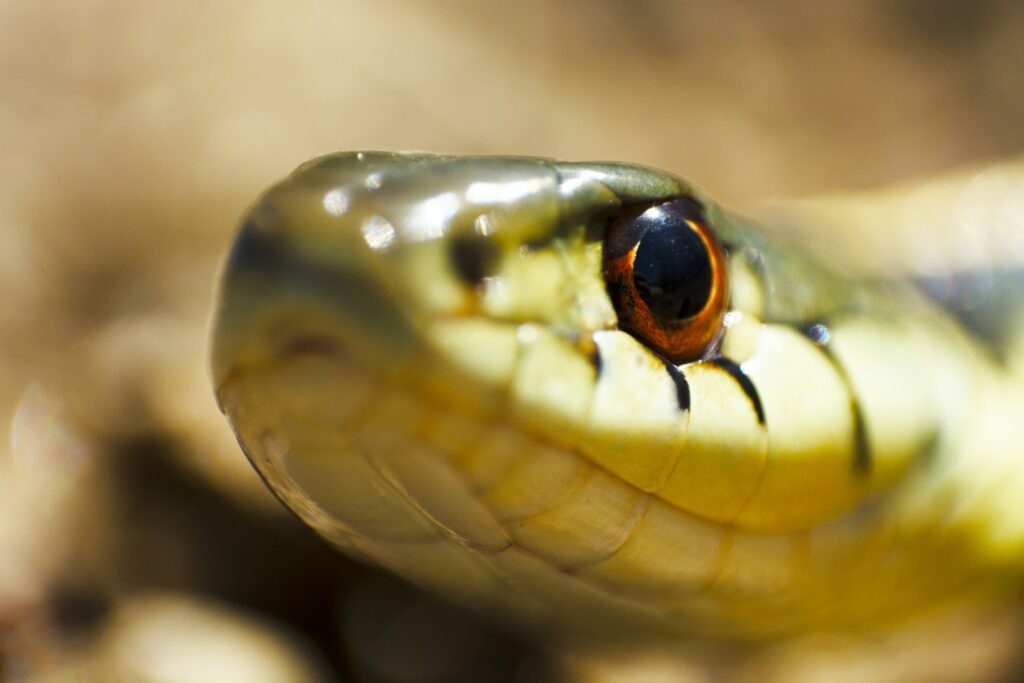
For thousands of years before Western science classified the inland taipan, Aboriginal peoples of central Australia held sophisticated knowledge about this deadly serpent, incorporating it into their cultural narratives and practical survival wisdom. In many Aboriginal traditions, venomous snakes like the taipan feature prominently in Dreamtime stories, often representing powerful ancestral beings whose actions shaped the landscape and established moral codes.
This cultural significance was paired with practical knowledge – traditional ecological knowledge included understanding of the snake’s habitat preferences, seasonal movements, and behavioral patterns, information that helped communities avoid dangerous encounters. Indigenous treatment methods for snakebite, while not replacing modern antivenoms, often included sophisticated approaches using local plants with anti-inflammatory or pain-relieving properties to manage symptoms until the body could process the venom.
Today, conservation biologists and herpetologists increasingly recognize the value of collaborating with Indigenous knowledge-holders, combining traditional ecological understanding with modern scientific methods to develop more comprehensive approaches to snake management and human safety in taipan territory.
Prevention Strategies and Safety Protocols
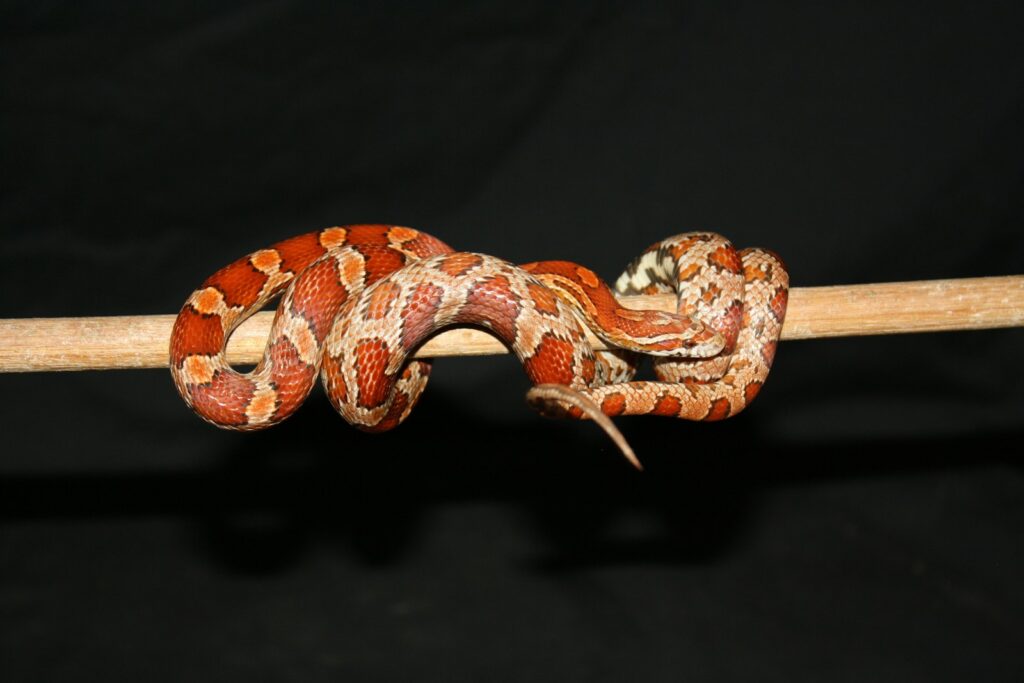
The most effective protection against inland taipan bites is preventative awareness and appropriate behavior when in their territory. Wildlife experts recommend wearing thick, ankle-covering boots and long pants when walking in known taipan habitat, as most bites occur on the lower limbs. Walking with a heavy footfall rather than quietly is advised, as the vibrations give snakes advance warning of approach, allowing them time to retreat – contrary to popular belief, most snakes prefer to avoid human encounters rather than initiate them.
Travelers in remote areas should carry pressure bandages and know how to apply the pressure-immobilization technique – wrapping the affected limb firmly (but not tight enough to cut off circulation) and immobilizing it to slow venom spread while seeking medical help.
Perhaps most important is the “leave them alone” principle – most bites occur when people attempt to kill, capture, or otherwise interact with snakes; maintaining a respectful distance dramatically reduces risk. For those living in or regularly visiting taipan country, experts recommend undertaking snake awareness training and keeping emergency contact information readily available, including the locations of the nearest medical facilities that stock appropriate antivenoms.
Conservation Status and Research Importance

Despite its fearsome reputation, the inland taipan plays a vital role in its ecosystem and faces increasing conservation challenges that warrant scientific attention and protection efforts. Currently listed as “Least Concern” on the IUCN Red List, population numbers are believed to be stable, though accurate assessments are challenging due to the snake’s reclusive nature and remote habitat. However, the species faces growing threats from habitat destruction as mining operations expand into its territory, along with potential disruption from climate change affecting both the snake directly and its prey species.
From a research perspective, the inland taipan’s venom has immense value to medical science, with components being studied for potential pharmaceutical applications including pain management, anti-cancer properties, and treatments for neurological disorders. Ongoing research also focuses on the snake’s remarkable adaptations to extreme environmental conditions, which may offer insights applicable to human challenges from climate change. Conservation efforts must balance public safety concerns with the ecological importance of this apex predator and its scientific value, emphasizing education and habitat protection rather than eradication.
The inland taipan stands as a powerful reminder of nature’s complexity – simultaneously a deadly predator to be respected and avoided, a marvel of evolutionary adaptation, and a creature with potential benefits for human medicine. While its lethal capacity is unmatched in the snake world, encounters with humans remain exceptionally rare, and fatalities even rarer, thanks to its remote habitat and typically shy behavior. As climate patterns shift and human activities increasingly encroach on its territory, our relationship with this remarkable species will likely evolve, requiring renewed attention to safety protocols, habitat conservation, and public education.
Understanding the inland taipan not merely as a danger to avoid but as a specialized creature perfectly adapted to its niche offers a more complete perspective – one that balances healthy caution with scientific appreciation. In the end, the world’s deadliest snake teaches us that respect and knowledge, rather than fear alone, remain our best tools for coexisting with even the most potentially dangerous wildlife our planet harbors.

